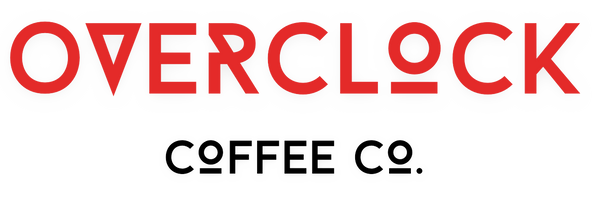
Easy Worldbuilding Tips
Easy Worldbuilding Tips: Build Worlds Like a Dungeon Master
Worldbuilding is more than naming cities and inventing weird creatures. It’s about creating immersive, believable settings that feel alive. Whether you're building a campaign for Dungeons & Dragons or plotting your own fantasy novel, having a reliable worldbuilding framework can turn your scattered ideas into a fully breathing universe.
The best part? You don’t need a degree in cartography to do it.
1. Start Small: The Power of the “Home Base”
Don’t overwhelm yourself by designing continents on day one. Begin with one town, village, or starship. This place is your player or protagonist’s starting point, what we call the "home base."
Pro tip: Think about what this place smells like, sounds like, and what local gossip would fill a tavern. This helps ground the world in realism (Pope, 2020).
3. Use Real-World Inspiration (Then Twist It)
Borrow geography, culture, and history from Earth, then add your own fantasy logic. For example:
- Base a desert kingdom on ancient Egypt, but make the gods real and demanding
- Use Norse mythology but replace the ice with black sand and magma seas
4. Don’t Name Everything
It’s tempting to name every tree and rock, but overdoing it can slow your story or game. Name only the important stuff, then let the rest build organically through play or plot.
Use name generators if stuck (e.g., Fantasy Name Generators) and keep a consistent tone across your cultures.
5. Inject Overclock Energy
Your world needs a vibe, just like your coffee. That’s why at Overclock Coffee Co., our flavored brews like Dragon’s Breath and Jack’s Cursed Coco-Rum are inspired by fantasy and sci-fi worlds.
Imagine a realm where French Toast Capacitor is served in wizard towers, or where rogue traders smuggle Caramel Uprising across galaxies. Use flavor to inspire location design, faction identities, or in world rituals.
6. Use Player/Reader Feedback
Test your world with others. Let players explore and challenge it. Let readers question it. Their reactions are your best tool to refine what’s working, and what needs clarity.
In D&D, tie character backstories to your world. If someone plays a wizard from the Crystal Wastes, suddenly that region matters and grows depth through roleplay.
7. Keep a “World Bible”
Create a simple document with your key worldbuilding info:
- Map
- Timeline
- Major cities
- Factions and leaders
- Magic rules or tech levels
- Vocabulary and slang
This helps with consistency and makes revisiting your world easier later.
Overclock Coffee: Brew Up Better Worlds
| Overclock Coffee | Inspiration Fuel | Fantasy Tie-In Idea |
|---|---|---|
| Zombie Espresso Antidote | Post-apocalyptic energy | Necromancer cities or cursed battlegrounds |
| Dragon’s Breath | High-fantasy boldness | Fire drake kingdoms or enchanted volcanos |
| Jack’s Cursed Coco-Rum | Pirate flair | Seafaring empires or cursed islands |
| Expedition: Colombia | Jungle mystique | Lost ruins, treasure-hunting civilizations |
Final Thoughts: Worldbuilding Doesn’t Have to Be Hard
Start small, stay consistent, and let imagination guide the rest. Whether you’re launching a D&D campaign or writing the next great fantasy novel, remember that even the biggest worlds start with a single cup of coffee and a great idea.
And if you're stuck? Let the caffeine do the heavy lifting.
References
Le Guin, U. K. (1979). The Language of the Night: Essays on Fantasy and Science Fiction. HarperCollins.
https://www.harpercollins.com/products/the-language-of-the-night-ursula-k-le-guin
Pope, A. (2020). World-Building Tips from Game Masters. Geek & Sundry.
https://geekandsundry.com/world-building-tips-from-game-masters
Bowman, S. L. (2014). Ethnography and the Invisible Game: The Role of Worldbuilding in LARP Design.
International Journal of Role-Playing, 4, 56-70.
https://ijrp.subcultures.nl/wp-content/issue4/IJRPissue4bowman.pdf
